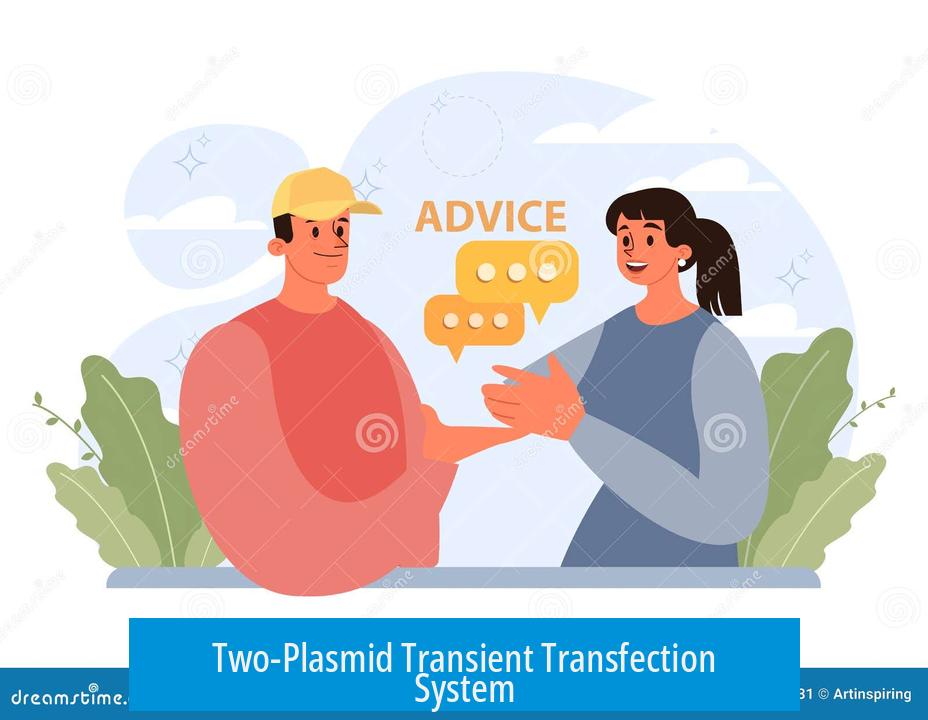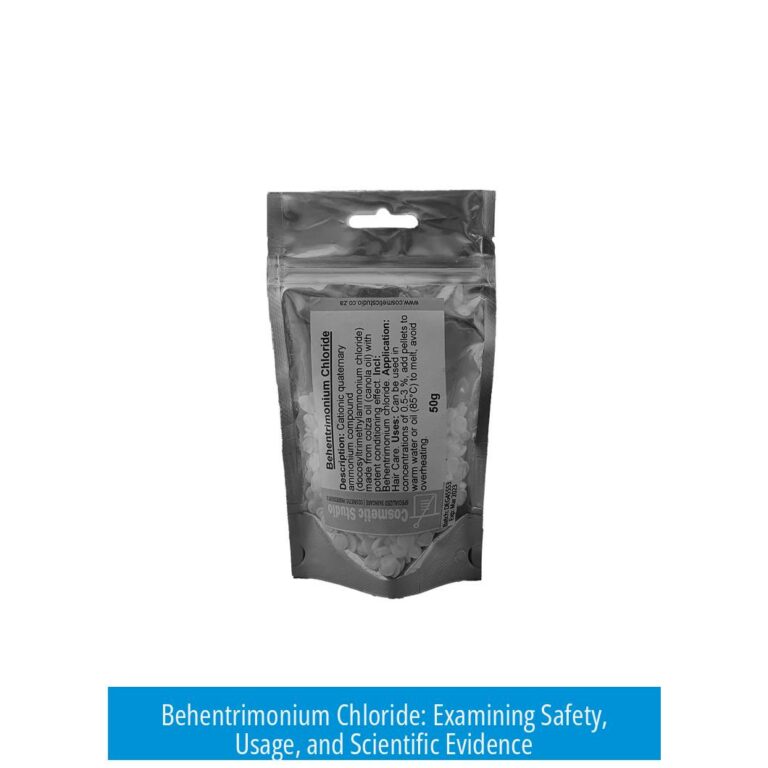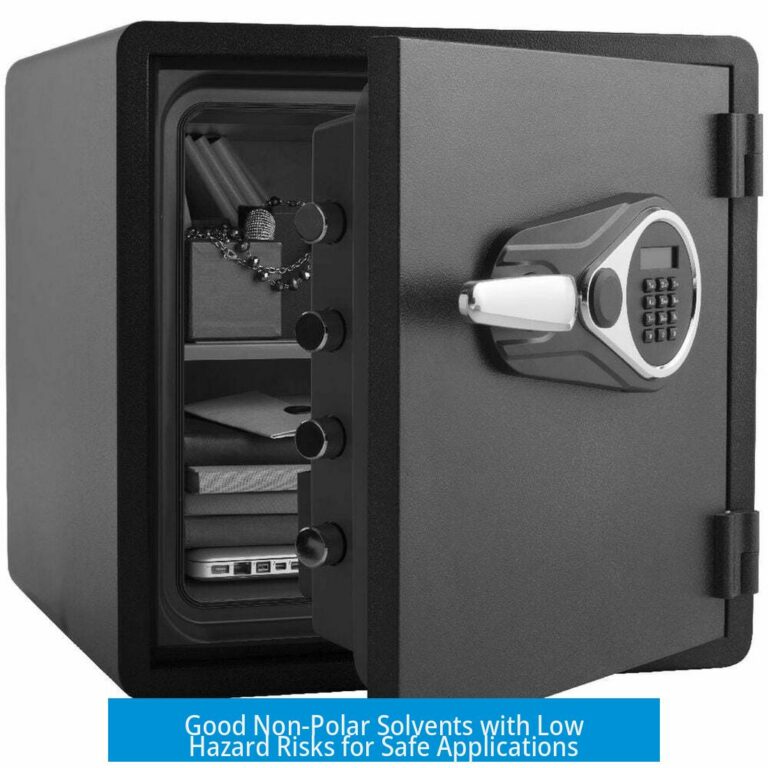Advice on CRISPR/Cas Systems

The CRISPR/Cas technique benefits from careful choice of delivery system, screening methods, and cell line preparation to maximize precision and success. This article explores practical guidance on CRISPR/Cas implementation, focusing on two-plasmid systems, knockout screening, stable cell lines, and alternative approaches such as RNP complex transfection.
Two-Plasmid Transient Transfection System

The two-plasmid system separates the Cas9 protein and guide RNA (gRNA) components on different plasmids. Typically, one plasmid carries Cas9 D10A nickase, a variant that reduces off-target double-strand DNA breaks by inducing single-strand nicks instead. The other plasmid encodes the gRNA and includes a puromycin resistance gene for selection.
- This approach minimizes unintended DNA damage by making double-strand breaks at undesirable loci less likely.
- Separating puromycin resistance from Cas9 prevents continuous gRNA expression if the resistance plasmid integrates, thereby reducing background noise from useless guides.
Using the Cas9 D10A nickase confers higher specificity. Because nicks require two nearby single-strand cuts to create a double-strand break, off-target effects decrease significantly. The transient nature of plasmid transfection avoids permanent incorporation of the nuclease.

Screening Knockouts via Restriction Site Loss
Detecting successful gene edits can be streamlined by targeting restriction sites in critical exons. This method involves designing gRNA nickase sites flanking a restriction enzyme recognition sequence in the first exon of the gene of interest.

- Amplify the genomic region by PCR directly from intact cells using the Takara Terra Red direct PCR reagent. This reagent allows PCR without DNA extraction and works in the presence of culture medium.
- Digest the PCR product with the restriction enzyme that recognizes the target site.
- Run the digests on an agarose gel. Loss of the restriction site indicates successful genome editing disrupting the site.
- Finally, sequence PCR products from cells where the restriction site is lost to confirm the nature of the mutation.
This technique offers a rapid and cost-effective screening approach to identify knockouts without immediate need for extensive sequencing.
Generating Stable Inducible Cell Lines in Difficult-to-Transfect Cells

Some cell types resist standard CRISPR delivery methods, requiring specialized strategies. A dual plasmid system can be utilized, using a tetracycline-inducible homologous recombination plasmid carrying Cas9 and gRNA elements.
Key recommendations for successful development of stable inducible lines include:

- Optimizing culture media: identify formulations that support transfection without adverse effects. For example, some cells poorly tolerate serum during transfection steps.
- Employing strict aseptic techniques in a biosafety cabinet to minimize contamination risk, particularly for long-term culture lines.
- Strict adherence to plasmid manufacturer instructions regarding plasmid ratios, transfection reagents, and incubation times.
- Adjusting experimental parameters such as plasmid dilution and transfection timing based on cell-specific observations.
Once established, inducible systems permit temporal regulation of Cas9 and gRNA expression. This allows controlled editing and reduces selection pressure that might cause unwanted mutations or cytotoxicity.
Clarifying the Two-Plasmid System Concept
The term “two-plasmid system” may refer to different configurations depending on context. One common setup involves two separate plasmids: one encoding Cas9, the other encoding the gRNA.
A standard workflow in this approach includes:
- Generating a stable cell line expressing Cas9, often by viral transduction.
- Transfecting this Cas9-expressing cell line with vectors containing various gRNAs as needed.
This strategy offers several advantages:
- Flexibility in testing multiple guide RNAs without repeated Cas9 introduction.
- Reduction in continuous re-targeting, minimizing repeated DNA cutting at the same locus.
- Safety benefits by limiting exposure to viral particles containing full nuclease components.
Hence, researchers can maintain a “Cas9-ready” cell line and introduce diverse gRNAs across projects efficiently.
Ribonucleoprotein (RNP) Complex Transfection
An alternative to plasmid transfection is delivery of CRISPR components as ribonucleoprotein complexes. This method involves pre-complexing the purified guide RNA with a high-fidelity Cas9 protein to form an active nuclease complex.
Typical protocol steps include:
- Incubation of Cas9 protein with gRNA at room temperature for approximately 30 minutes.
- Transfection of this RNP mixture directly into target cells using suitable delivery reagents or electroporation.
This approach offers advantages:
- Rapid onset of activity since no transcription or translation is needed.
- Transient presence of nuclease components reduces off-target effects and immune responses.
- Elimination of plasmid DNA reduces risks of genomic integration of foreign sequences.
Summary of Key Recommendations
- Use two-plasmid systems with Cas9 D10A nickase to reduce unwanted double-strand breaks and separate selection markers from nuclease activity.
- Design knockout screening assays around restriction enzyme sites for simple PCR-based detection of edits without immediate sequencing.
- For difficult cell types, opt for stable inducible expression systems and optimize culture media and aseptic conditions.
- Maintain stable Cas9-expressing lines and transfect with gRNA plasmids as needed to facilitate multiple experimental guides efficiently and safely.
- Consider RNP complex transfection for transient, rapid, and precise genome editing without plasmid DNA.
Mastering CRISPR/Cas: Practical Advice for Your Gene-Editing Journey
If you want to navigate the promising yet complex world of CRISPR/Cas systems, then consider this your go-to advice hub. CRISPR technology is transforming genetics research every day, but even rock-star scientists hit roadblocks without the right approaches. Let’s break down some smart, actionable strategies that improve accuracy, efficiency, and safety when using CRISPR/Cas—no jargon, just solid tips backed by hands-on experience.
1. Why Choose a Two Plasmid Transient Transfection System?
One of the smartest moves to reduce off-target DNA breaks is to use the Cas9 D10A nickase in a two plasmid transient transfection system. What’s the big deal? Well, Cas9 usually cuts double-stranded DNA, but this nickase variant nicks only one DNA strand. By pairing two nicks near the target, you still create an effective double-strand break—but only where desired. This reduces unwanted genetic damage.
Separating puromycin resistance genes from Cas9 is an underrated benefit. When resistance and Cas9 are on separate plasmids, you avoid cells keeping a silly gRNA that endlessly targets a site because of plasmid integration. In simple terms, you prevent cells from turning into gRNA factories that serve no purpose. That’s smart practice.
“I would absolutely encourage the use of the two plasmid transient transfection system. This used Cas9 D10A nickase to make DNA double strand breaks unlikely at undesirable locations.”
2. Screening for Knockouts? Harness Restriction Sites Smarter!
After editing, confirming your desired knockout quickly can save you tons of time. Here’s a slick trick: design your guide RNA sites to flank a restriction enzyme site in the first exon of your gene of interest. Then, simply do direct PCR from cells using Takara Terra Red reagent, which lets you PCR right from culture medium—no DNA prep hassle.
Next, digest the PCR product with the specific restriction enzyme. If your CRISPR cut knocked out that site, the digestion fails, and your gel shows intact bands instead of cut fragments. Sequencing the remaining PCR product seals the deal. This method is so user-friendly it almost feels like cheating. Science approved “easy”!
“Also with a bit of tactical planning the knockouts are very easy to screen for – have the nick sites on either side of a restriction site in the first exon. Then take a PCR product and drop it into a restriction digest.”
3. Generating Stable Inducible Cell Lines: Tackle the Tough Cells
Some cells just don’t want to be messed with—they resist transfection like stubborn mules. For those hard-to-transfect cell lines, a dual plasmid system with a tetracycline-inducible recombinant plasmid containing Cas9 and gRNA can be your best friend. This system lets you control when gene editing occurs, reducing stress on cells and improving success rates.
Here’s the secret sauce: know your cell culture media. Some cells hate serum during transfection, so tweaking conditions is necessary. Combine that with strict aseptic technique in a biosafety cabinet to keep contamination out, and follow plasmid insert instructions like a ritual.
Pro tip? Adjust your calculations and dilutions as you learn about the cell line’s quirks. Patience is key, and observation will guide your next experiment.
“I used the dual plasmid system while working on my thesis… Some cells won’t respond well to serum during transfection. Following aseptic technique in a BSC is extremely important.”
4. What Exactly Is the ‘Two Plasmid System’? Let’s Clear Confusion
The phrase “two plasmid system” sometimes gets tossed around without clear meaning. To clear it up: it means your gRNA and Cas9 are on separate plasmids. Usually, one generates a stable cell line expressing Cas9 through viral transduction. Later, you transfect that line with different gRNA plasmids depending on your target.
This strategy brings convenience, letting you test multiple guides using the same Cas9-ready cells. It avoids re-targeting the same locus repeatedly and enhances lab safety, reducing your skin’s accidental exposure to viruses carrying a complete nuclease arsenal.
“There seems to be some confusion here… This is convenient when you use various guides, it prevents constant re-targeting and is important for the safety aspect.”
5. RNP Complex Transfection: Fast and Clean
If you’re looking to skip plasmids and viral vectors, try the ribonucleoprotein (RNP) complex method. You mix guide RNA with a high-fidelity Cas9 protein, incubate for 30 minutes at room temperature, and immediately transfect cells. This rapid approach minimizes off-target effects and transiently exposes the cell to gene-editing machinery—no DNA lingering.
Quick, clean, and effective—the RNP method is a no-nonsense choice for many labs.
“RnP hommie. Guide RNA and hifi Cas9 protein. Complex 30 min are rt and transfect into cells.”
Wrapping Up: Which CRISPR Strategy Fits Your Lab Workflow?
If you’re serious about CRISPR, your choice of system impacts everything from accuracy to lab safety:
- For reduced off-target effects and clear selection, use the two plasmid transient system with Cas9 D10A nickase.
- To screen efficiently, design guide RNAs around restriction sites and use direct PCR digestion assays.
- For hard-to-transfect cells, a tetracycline-inducible dual plasmid method combined with media optimization and strict aseptic technique pays off.
- If speed and safety matter, the RNP complex transfection approach is hard to beat.
Remember, every lab and project is unique. Track your observations carefully and tweak protocols based on what your cells like and hate. Thinking critically about plasmid design, cell line handling, and screening methods turns CRISPR from a blunt instrument into a precision tool. Ready to get your hands dirty (scientifically speaking)?
What is the benefit of using the two plasmid transient transfection system with Cas9 D10A nickase?
This system reduces unwanted double strand DNA breaks by using the Cas9 D10A nickase variant. It separates puromycin resistance from Cas9, avoiding persistent useless gRNA expression if the resistance plasmid integrates.
How can knockouts be easily screened using restriction enzyme sites?
Design nick sites around a restriction site in the first exon. Perform direct PCR on intact cells, digest the PCR product with a restriction enzyme, then run a gel. Loss of the site indicates a knockout, which you confirm by sequencing.
What is a recommended approach for generating stable inducible cell lines in difficult-to-transfect cells?
Use a dual plasmid system with a tetracycline-inducible homologous recombinant plasmid containing Cas9 and gRNA. Optimize media conditions, maintain strict aseptic technique, and follow plasmid instructions carefully.
How does the two plasmid system clarify the use of gRNA and Cas9 components?
In this system, gRNA and Cas9 are on separate plasmids. A stable Cas9-expressing cell line is made via viral transduction, then transfected with various gRNA plasmids. This provides convenience and limits viral exposure risks.
What is the Ribonucleoprotein (RNP) complex transfection method?
This method involves complexing guide RNA with high-fidelity Cas9 protein at room temperature for 30 minutes, followed by transfection into cells. It delivers active Cas9/gRNA complexes directly without plasmid integration.





Leave a Comment